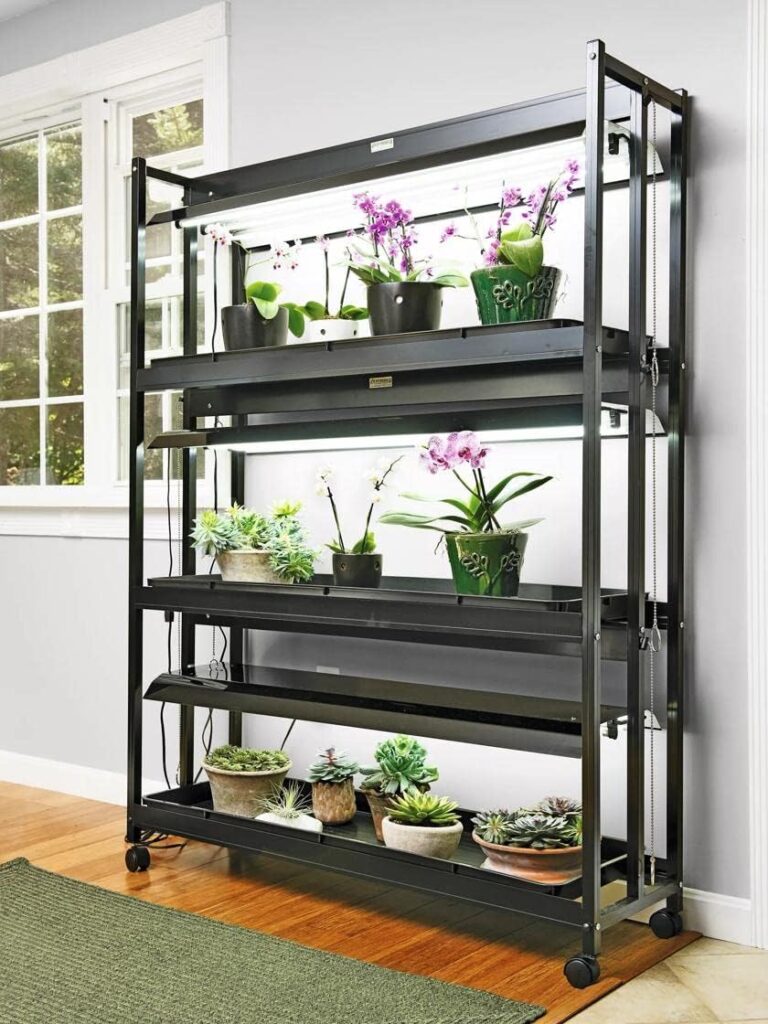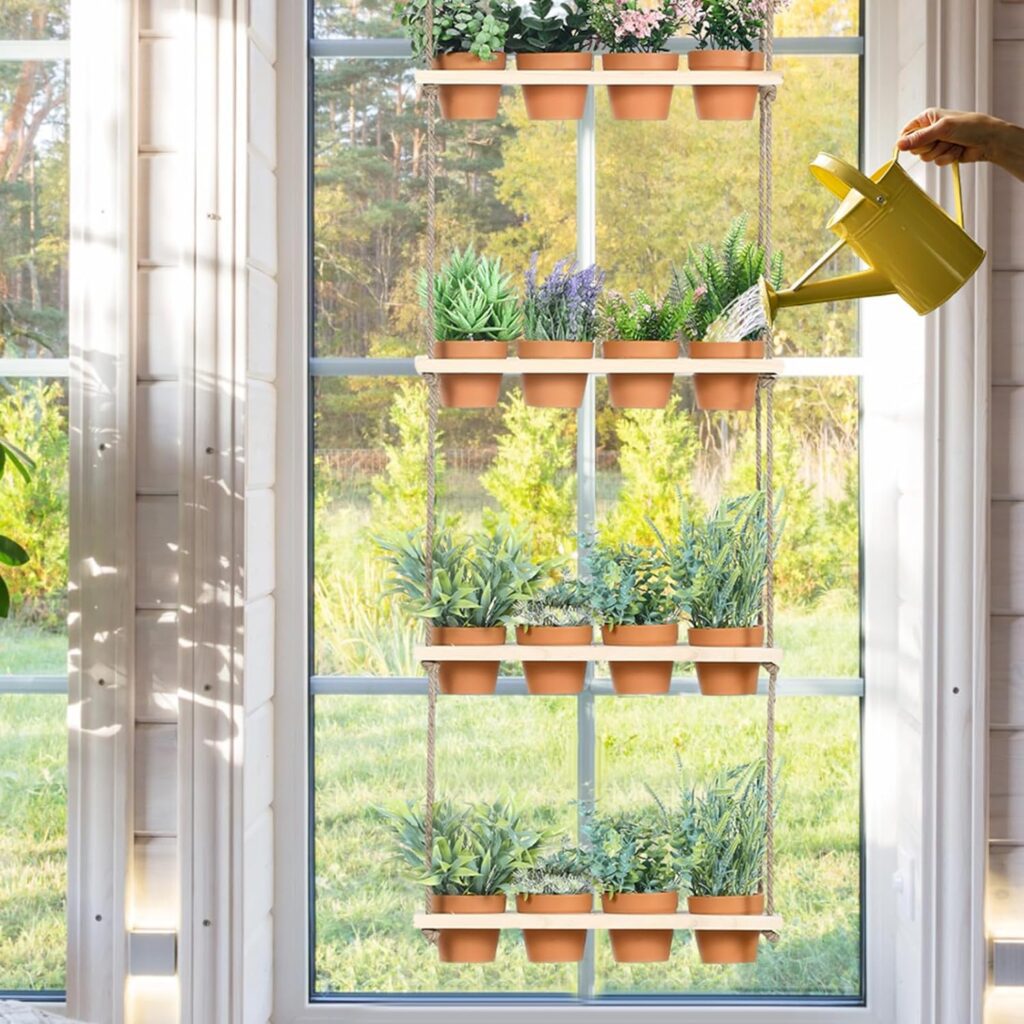In today’s world, the desire to grow your own food is not only a rewarding hobby but also a practical pursuit. For beginners eager to try apartment homesteading or growing food inside a home, maximizing space is key to successfully indoor gardening. In this guide, we’ll explore beginner-friendly strategies and tips for creating a thriving indoor garden, even in the smallest of spaces.
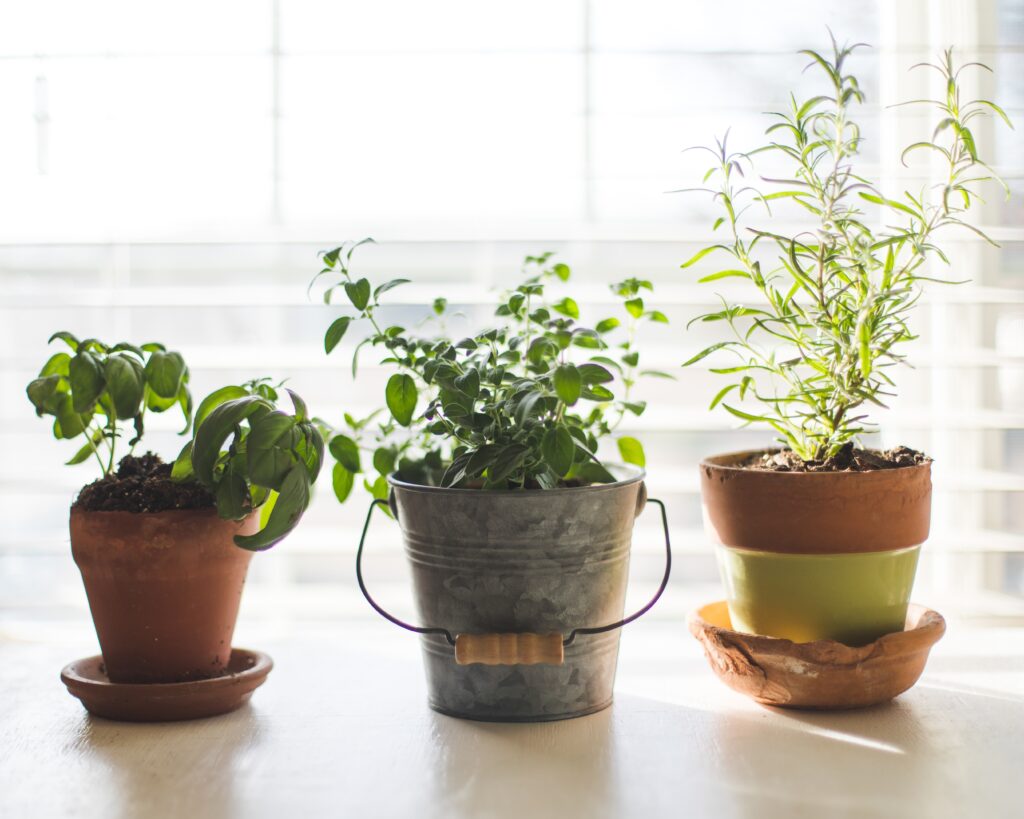
Select Space-Saving Plants
When it comes to growing your own food indoors, choosing compact and space-saving plants is essential. Opt for varieties that are well-suited for indoor environments and don’t require extensive room to flourish.
Herbs like basil, thyme, and parsley are excellent choices for small-scale indoor gardening, as they can thrive in small pots on windowsills or countertops. Microgreens, salad greens, and compact vegetables like cherry tomatoes, peppers, and radishes are also ideal options for indoor cultivation.
Utilize Vertical Growing Systems
Vertical gardening is a fantastic space-saving solution that maximizes growing area while minimizing footprint. Install vertical growing systems such as wall-mounted planters, trellises, or tiered shelves to make use of vertical space on walls or unused corners.
Train vining plants like tomatoes, cucumbers, or beans to climb trellises or stakes, allowing them to grow upward rather than outward and freeing up valuable floor space for additional plantings.
Incorporate Hanging Gardens
Hanging gardens are another innovative way to maximize space and add greenery to your indoor environment. Hang planters or baskets from ceiling hooks or overhead racks, allowing trailing plants to cascade downward.
Herbs, strawberries, and small peppers are well-suited for hanging baskets and can thrive in the vertical space provided. Hang baskets near windows or under grow lights to ensure adequate light exposure for healthy growth.
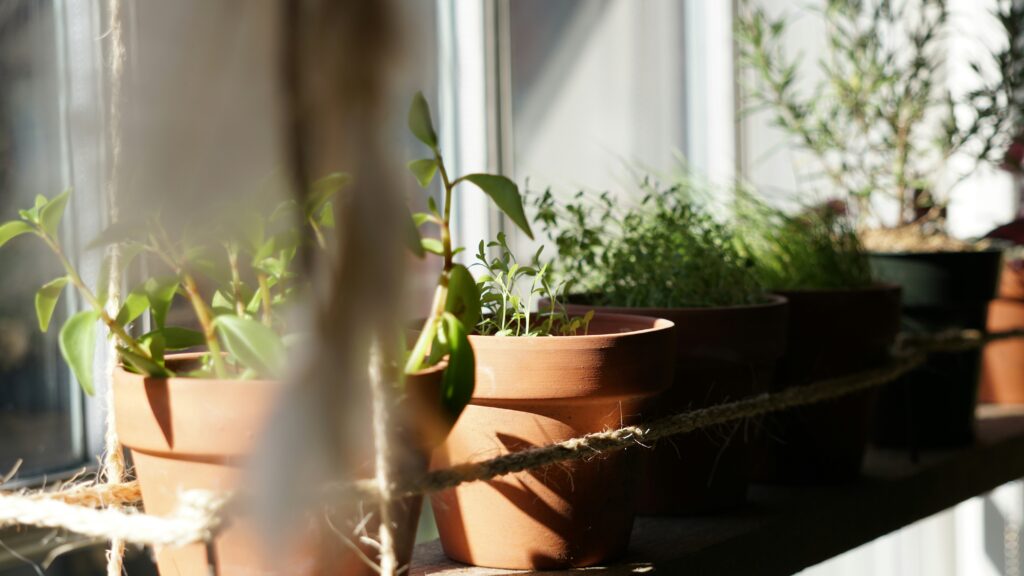
Utilize Window Sills and Ledges
Make use of windowsills and ledges as prime growing spots for herbs, microgreens, or small vegetables. Arrange pots or containers along windowsills to take advantage of natural sunlight, ensuring that plants receive the light they need to thrive. Choose compact varieties that can thrive in shallow containers and arrange them strategically to maximize available light and space.
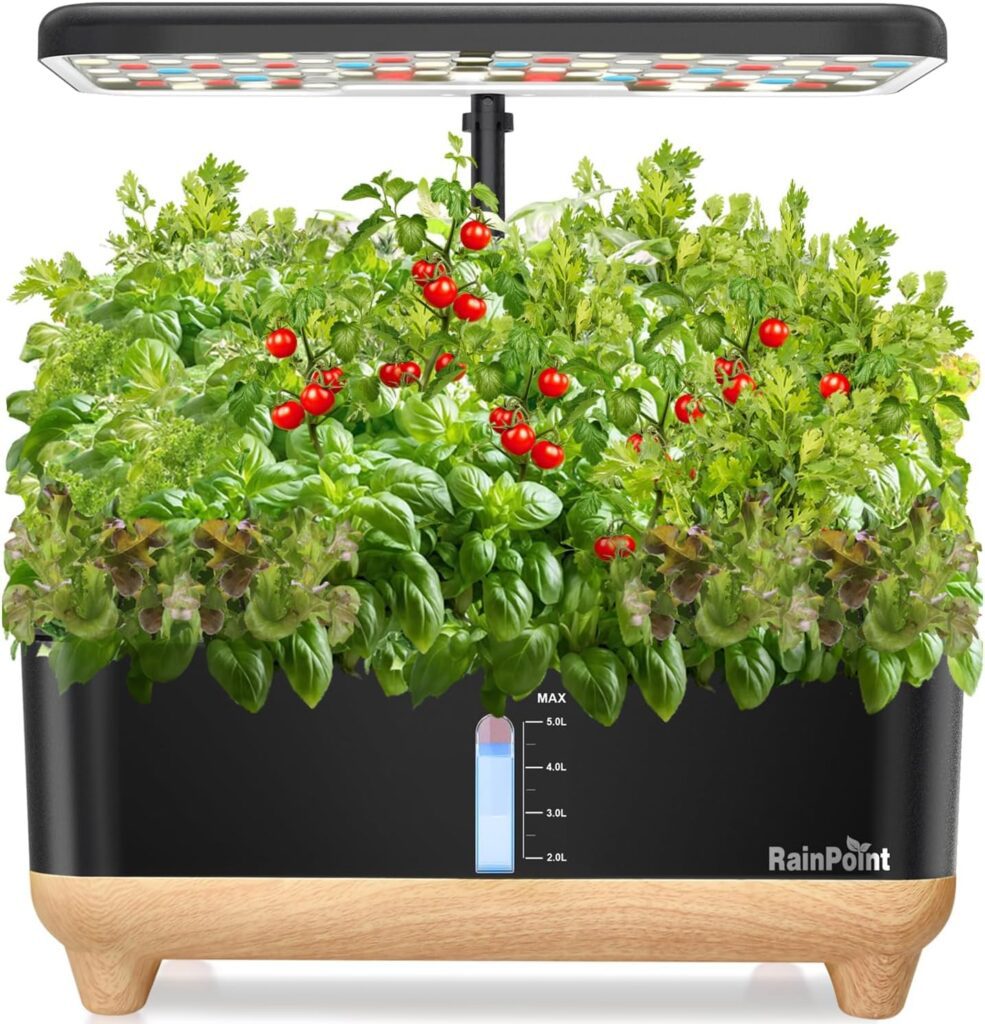
Consider Hydroponic Systems
Hydroponic systems offer a soil-free growing method that’s ideal for small-scale indoor gardening. These systems use nutrient-rich water solutions to feed plants’ roots directly, allowing for faster growth and higher yields in limited space.
Explore compact hydroponic systems like countertop herb gardens or vertical towers that maximize growing area while minimizing footprint. With hydroponics, you can grow a wide variety of herbs, greens, and even small fruits and vegetables indoors with ease.
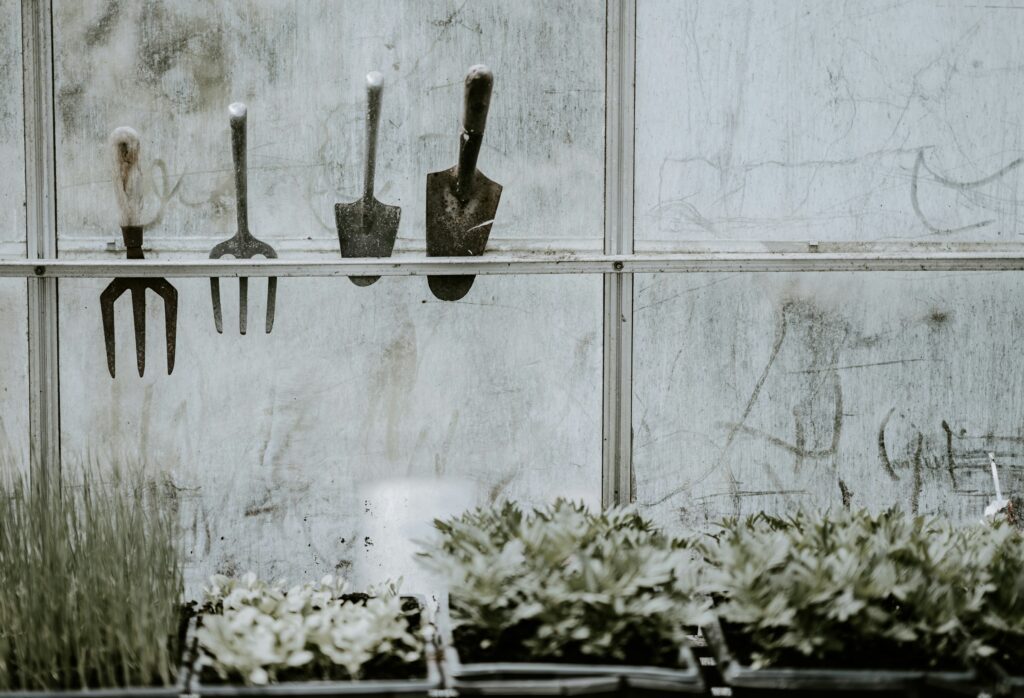
Rotate Crops and Plan for Succession Planting
To make the most of limited space and ensure a continuous harvest, practice crop rotation and succession planting in your indoor garden. Rotate crops seasonally to replenish soil nutrients and minimize the risk of pest and disease buildup.
Plan for succession planting by staggering plantings and replacing harvested crops with new seedlings or plants. This ensures a steady supply of fresh produce throughout the growing season and maximizes yield in small spaces.
With these small-scale indoor gardening solutions, beginners can embark on the rewarding journey of growing their own food, even in the most limited of spaces. Whether you’re cultivating herbs, greens, or compact vegetables, maximizing space allows you to enjoy the satisfaction of harvesting fresh, homegrown produce year-round.
